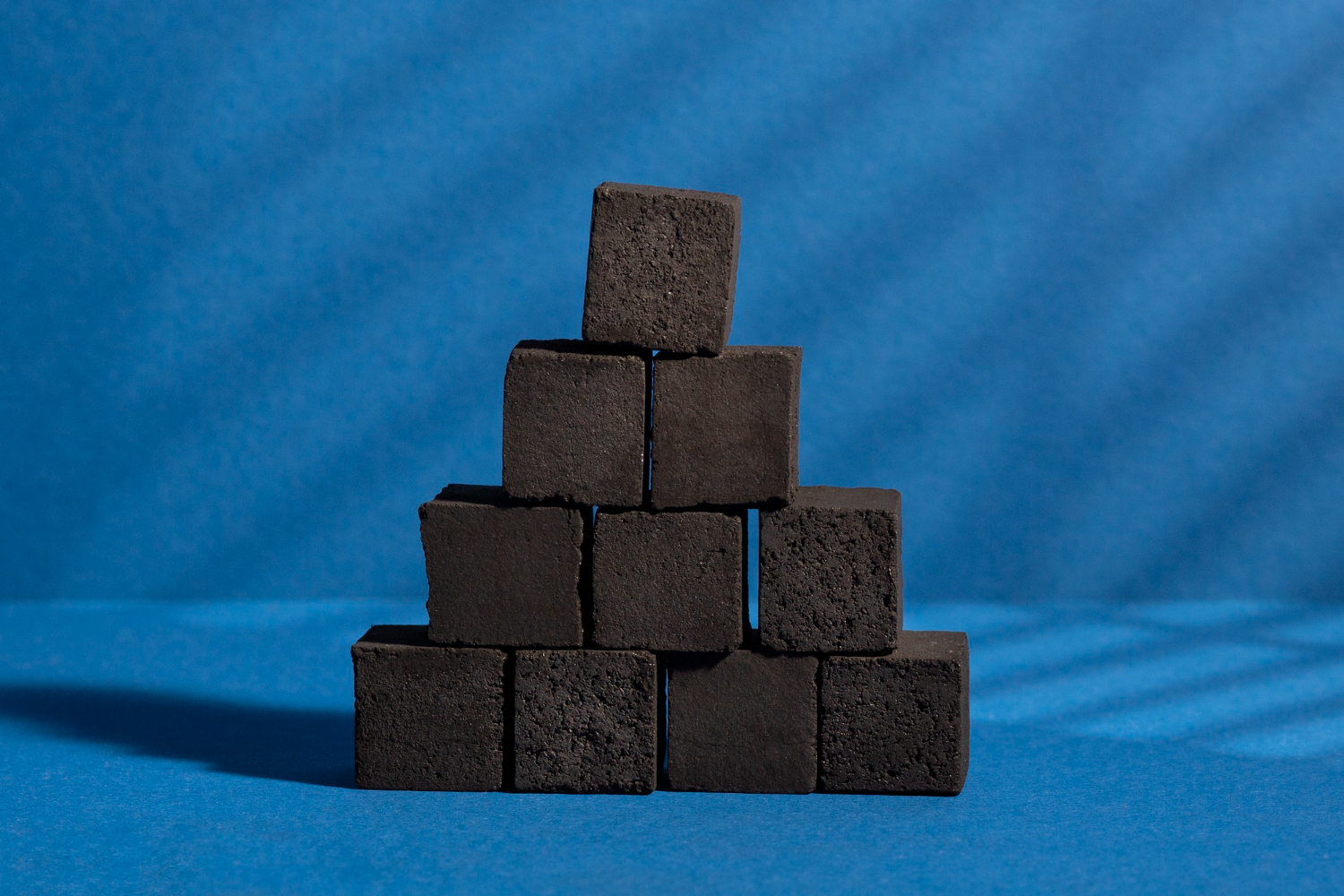
What is Coconut Shell Charcoal Used For?
Fuel and energy
The main uses of coconut shell charcoal are fuel and energy. Its cheap costs compared to coconut charcoal briquettes and smaller sizes mean that it can be easily transported and sold. Furthermore, because coconut shell charcoal comes in chip form, there is less pressure on it to maintain a certain shape.
On the other hand, coconut charcoal briquettes need to maintain their shape (cuboid, hexagonal, etc) to be used in their intended purpose.
Besides acting as an excellent fuel source in barbecue grills and stoves, it is also widely used as industrial fuel. As a lot of industrial processes require high heat, the long burning times and high surface areas of coconut shell charcoal make it perfect for industrial processes such as foundries and brick kilns.
Activated carbon production
Coconut shell charcoal, just like any coconut charcoal, is high in activated carbon. When ground into dust, it can be used to remove impurities, chlorine, and odours for water. It is also highly effective in air purification, used a lot in air filters and purifiers to absorb pollutants and odours.
In the mining industry, activated carbon is used to extract gold from ore through the cyanide leaching process, making coconut shell charcoal desired by a wide range of industries.
Agriculture
Without good soil, most agriculture can not exist, and the development of our civilization will slow down. Coconut shell charcoal plays an important role in soil conditioning, as it can improve soil quality by enhancing its water retention capacity and aeration, promoting healthy plant growth. Additionally, it acts as a natural pesticide when used in powder form to protect crops from pests and diseases.
Cosmetics & Health
Activated charcoal is a popular ingredient in skincare products like masks and cleansers, known for its ability to absorb toxins and impurities from the skin. Additionally, it is used in dental products to whiten teeth and improve oral hygiene by removing stains and bacteria.
Environmental application
In contrast to being used as a fuel source, coconut shell charcoal is also used to clean up oil spills. Its high porosity and large surface area effectively trap oil contaminants, making it easier to remove from water surfaces.